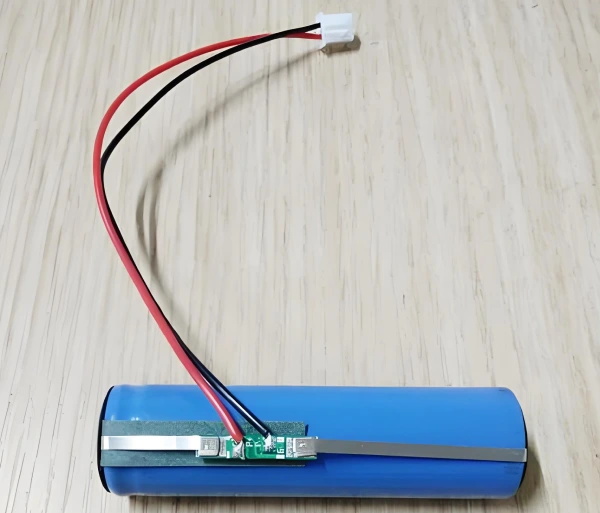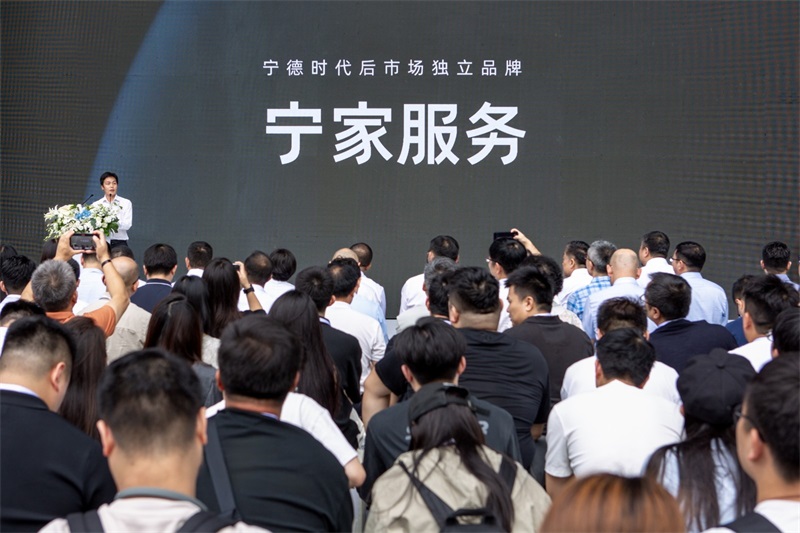A comprehensive understanding of 18650 battery protected vs unprotected

The 18650 battery is a type of lithium-ion battery commonly used in modern electronic devices, with a size of 18mm in diameter and 65mm in length. It is widely used due to its high energy density and relatively long lifespan. However, when choosing an 18650 battery, users typically face two main options: protected (Protected) and unprotected (Unprotected). To understand these options, it is important to first understand the safety protection mechanisms of lithium-ion batteries.
What is a Lithium-Ion Protection Circuit?
A lithium-ion protection circuit, also known as a battery protection circuit, is crucial in many rechargeable lithium-ion batteries, including 18650 batteries.
The lithium-ion protection circuit is a safety mechanism integrated within or connected externally to the battery pack. This circuit provides several important protective functions to ensure safe operation and prevent potential hazards:
– Overcharge protection
– Over-discharge protection
– Short-circuit protection
– Temperature monitoring
18650 Protection Circuit
With an understanding of lithium-ion protection circuits, understanding the 18650 protection circuit becomes easier. The 18650 battery is a type of lithium-ion battery.

The term lithium-ion protection circuit is broader and encompasses all lithium-ion batteries. The 18650 protection circuit specifically refers to the protection circuit designed for 18650 batteries.
The 18650 protection circuit acts like a security system, continuously monitoring the battery's voltage and temperature. If conditions go awry (such as high voltage or a temperature spike), the protection circuit intervenes to prevent damage or even catastrophic failure.
18650 battery protected vs unprotected
18650 Protected Battery
1. Built-in Safety Features: A protected 18650 battery includes an integrated protection circuit that monitors voltage, temperature, and current to prevent overcharging, over-discharging, and short circuits.
2. Enhanced Safety: The protection circuit adds an extra layer of safety, reducing the risk of damage to the battery and its powered devices.
3. Suitable for Beginners: Protected 18650 batteries are ideal for beginners or those who prioritize safety, as the built-in protection minimizes the risk of accidents during use.
4. Larger Size: Due to the added protection circuit, protected 18650 batteries may be slightly larger than unprotected ones.
5. Limited Output: The protection circuit may restrict the battery's maximum output current, affecting the performance of high-drain devices.
6. Protection Functions: The protected 18650 battery integrates a battery protection circuit module. This module's main functions are to prevent damage due to overcharging, over-discharging, or short circuits. Specific protections include:
· Overcharge Protection: Prevents the battery voltage from exceeding a set safety threshold (usually 4.2V), avoiding thermal runaway and battery swelling.
· Over-discharge protection: Prevents the battery voltage from dropping below a safe operational range (typically 2.5V-3.0V), protecting against damage from excessive discharge.
· Short-Circuit Protection: Automatically disconnects the battery circuit in the event of a short circuit, preventing hazards from high current.
7. Advantages:
· Enhanced Safety: The built-in protection circuit significantly reduces the risk of battery damage or safety incidents due to improper handling.
· Convenient: Suitable for general consumers and applications with lower maintenance requirements.
8. Disadvantages:
· Slightly Larger Size: The protection circuit adds thickness to the battery, making it slightly larger than unprotected batteries.
· Higher Cost: The additional protection circuit makes the battery more expensive.
Unprotected 18650 Battery
An unprotected 18650 battery lacks an internal protection circuit. These batteries are often used in devices that require high discharge currents, such as high-power LED flashlights and power tools.
1. No Internal Protection: Unprotected 18650 batteries do not have the built-in protection circuits found in protected batteries, making them more susceptible to overcharging, over-discharging, and short circuits.
2. Compact Size: Without the added protection circuit, unprotected 18650 batteries are generally smaller and lighter than protected ones.
3. Higher Output Potential: Unprotected batteries can provide higher maximum output currents, making them suitable for high-drain devices that require more power.
4. Requires Caution: Users must handle unprotected batteries with care, as improper handling can lead to greater risks of damage or failure.
5. Preferred by Advanced Users: Experienced users who prioritize performance and understand battery safety may prefer unprotected batteries for their higher output potential and smaller size.
6. Lower Cost: Unprotected 18650 batteries are usually cheaper than protected ones, making them a more cost-effective choice for certain applications.
7. Advantages:
· Higher Discharge Capability: Without the limitations of a protection circuit, these batteries can provide higher continuous discharge currents, suitable for high-performance applications.
· Higher Energy Density: Typically offers more energy in the same volume.
8. Disadvantages:
· Safety Risks: The lack of an internal protection circuit means users must rely on external protection devices or carefully monitor battery use to avoid overcharging, over-discharging, or short circuits.
· Additional Protection Required: Requires the use of external battery protection boards or chargers, adding complexity to usage.
Choosing Guide
Deciding between a protected and an unprotected 18650 battery depends on specific application needs and the user's safety awareness:
· If Safety is a Priority: Protected batteries are more suitable for applications with high safety requirements, such as household electronics and general consumer devices. The built-in protection circuit offers enhanced safety and reduces the risk of accidents.
· If Performance is a Priority: Unprotected batteries are ideal for applications with stringent performance demands. These batteries can deliver higher discharge currents and often have better performance metrics, but users need to pay extra attention to battery management and safety to avoid potential hazards.
Protected batteries provide higher safety and user-friendliness, while unprotected batteries may offer superior performance. Understanding these differences will help users make a more informed decision, ensuring both safety and optimal battery performance.

